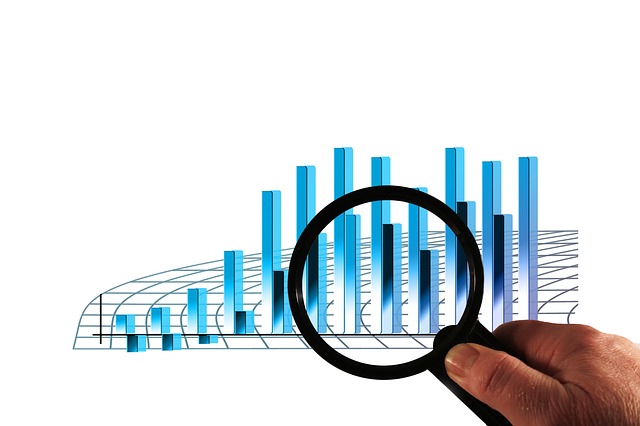According to the figures[1] that have just been published by DREES[2], confirming 216,700 abortions in 2017 compared to 216,061 in 2016[3], the number of abortions carried out over the period is relatively stable. Statistics have not reached the 2015 level when 219,000 abortions were performed.
The number of women seeking an abortion is constant at 14.4 abortions per 1,000 women, with the highest demand still coming from the 20 to 24 year-old age group with 26.7 women per 1,000 in 2017. The same level of stability can be seen in the under 20 year-old age group where 14.6% and 14.8% had an abortion in 2016 and 2017, respectively. This figure had already reached 14.7% as far back as 2010. Contrastingly, the highest increase in abortions was recorded among the 35 to 39 year-olds with 13.6% having an abortion in 2010 compared to 15.3% in 2017.
One in twenty abortions is performed between the 12th and 14th week of pregnancy and, in cities, two abortions out of three, i.e. 67.5%, are medically induced.
Two out of three women who have an abortion use contraception (see French women and contraception) and the reasons that lead women to decide on abortion are known (seeFrench women and contraception), so when will major preventive measures be taken in an attempt to reduce this figure once and for all?
For further reading:
Compared analysis of abortion laws: a wake-up call for the Senate?
State obligation to prevent recourse to abortion
Arte (French-German television channel) gives the floor to women who have opted for abortion
[1] Etudes et Résultats (a periodical published by DREES),, 216,700 abortions in 2017 and data.
[2] Directorate for Research, Studies, Assessment, and Statistics.
[3] “Following revision of the figure published last year”.

